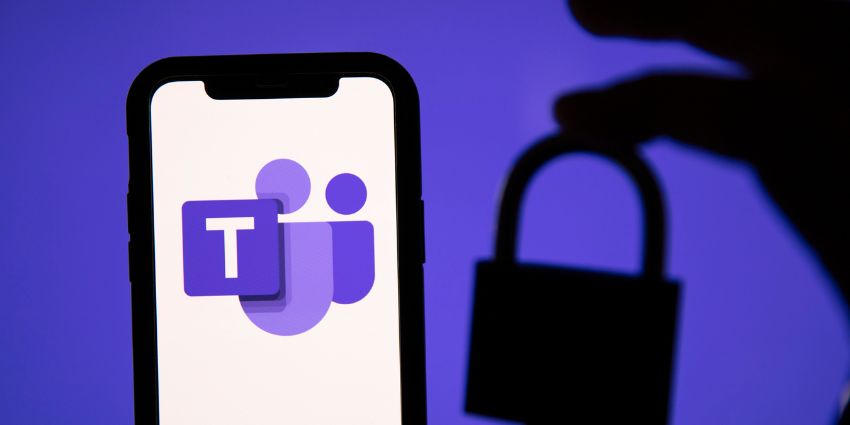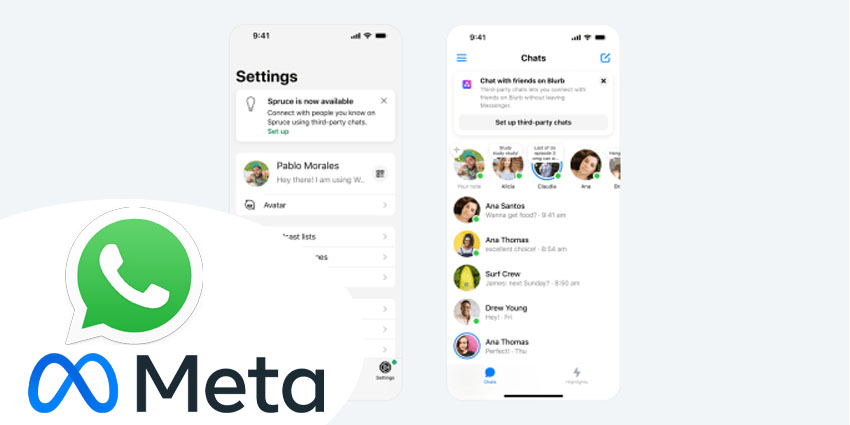A newly uncovered vulnerability in Microsoft Teams has raised alarm bells across the enterprise collaboration world.
Security researchers have demonstrated a way to steal Teams access tokens from Windows machines – potentially giving attackers full, password-free access to users’ chats, emails, and corporate files.
The discovery underscores how attackers are shifting their attention from traditional network perimeters to the authentication tokens that underpin cloud access.
How the Attack Works
The exploit hinges on how the Microsoft Teams desktop client stores authentication tokens locally.
During sign-in, Teams spawns a browser process (using Microsoft’s WebView2 engine) that encrypts session cookies on disk with Windows’ Data Protection API.
But researchers found that the encryption key itself is stored nearby, within Teams’ local cache.
With local access to a compromised device, attackers can extract both the encrypted tokens and the key, decrypt them, and reuse the tokens to impersonate the user.
From there, they can interact with Microsoft’s Graph API – effectively giving them access to Teams messages, Outlook emails, SharePoint files, and more.
While this technique still requires initial endpoint compromise, its stealth makes it particularly dangerous.
Once an attacker has a valid token, their activity appears legitimate to Microsoft’s systems.
That means they can operate quietly, sending internal messages or accessing sensitive data while blending into normal collaboration traffic.
Identity Is the New Perimeter
For IT leaders, this incident is part of a worrying pattern.
Over the past six months, token-based and identity-centric attacks have surged across the Microsoft 365 ecosystem.
Earlier this year, security researchers warned of attackers abusing OAuth tokens to gain persistent access to enterprise cloud environments.
Others exploited flaws in Microsoft Entra ID (formerly Azure AD) to hijack authentication tokens and impersonate users across multiple tenants.
These attacks share a common thread: rather than stealing passwords, attackers are going after the “keys” that modern identity systems rely on.
In a world where multi-factor authentication is widely deployed, session tokens and refresh credentials have become the new weak link.
Why Collaboration Platforms Are Prime Targets
Microsoft Teams isn’t just a chat app anymore – it’s a central hub for meetings, documents, and cross-team coordination.
That makes it a goldmine for attackers seeking to harvest sensitive information or impersonate trusted insiders.
Once inside, adversaries can read private discussions, intercept shared files, or use compromised accounts to send convincing phishing messages.
Because those messages appear to come from real colleagues, they’re far more likely to succeed than traditional external phishing attempts.
For organisations that rely on Teams for daily operations, the business risk is clear: a compromised collaboration tool can become the launchpad for a company-wide social engineering campaign.
What IT Leaders Can Do
Security experts recommend a layered response.
Endpoint protection remains the first line of defence – if an attacker can’t access the machine, they can’t extract the tokens.
Beyond that, leaders should ensure their environments enforce conditional access policies, monitor for unusual Graph API activity, and reduce token lifetimes where possible.
Equally important is user education. Employees should be trained to report unexpected logouts, device instability, or unusual messages – all potential signs of compromise.
This latest exploit doesn’t expose a single vulnerability so much as it highlights a systemic challenge: identity is now the foundation of enterprise security, and collaboration tools are sitting directly on top of it.
Protecting collaboration environments like Teams isn’t just about uptime or user experience anymore – it’s about defending the digital identity layer that underpins modern work.







